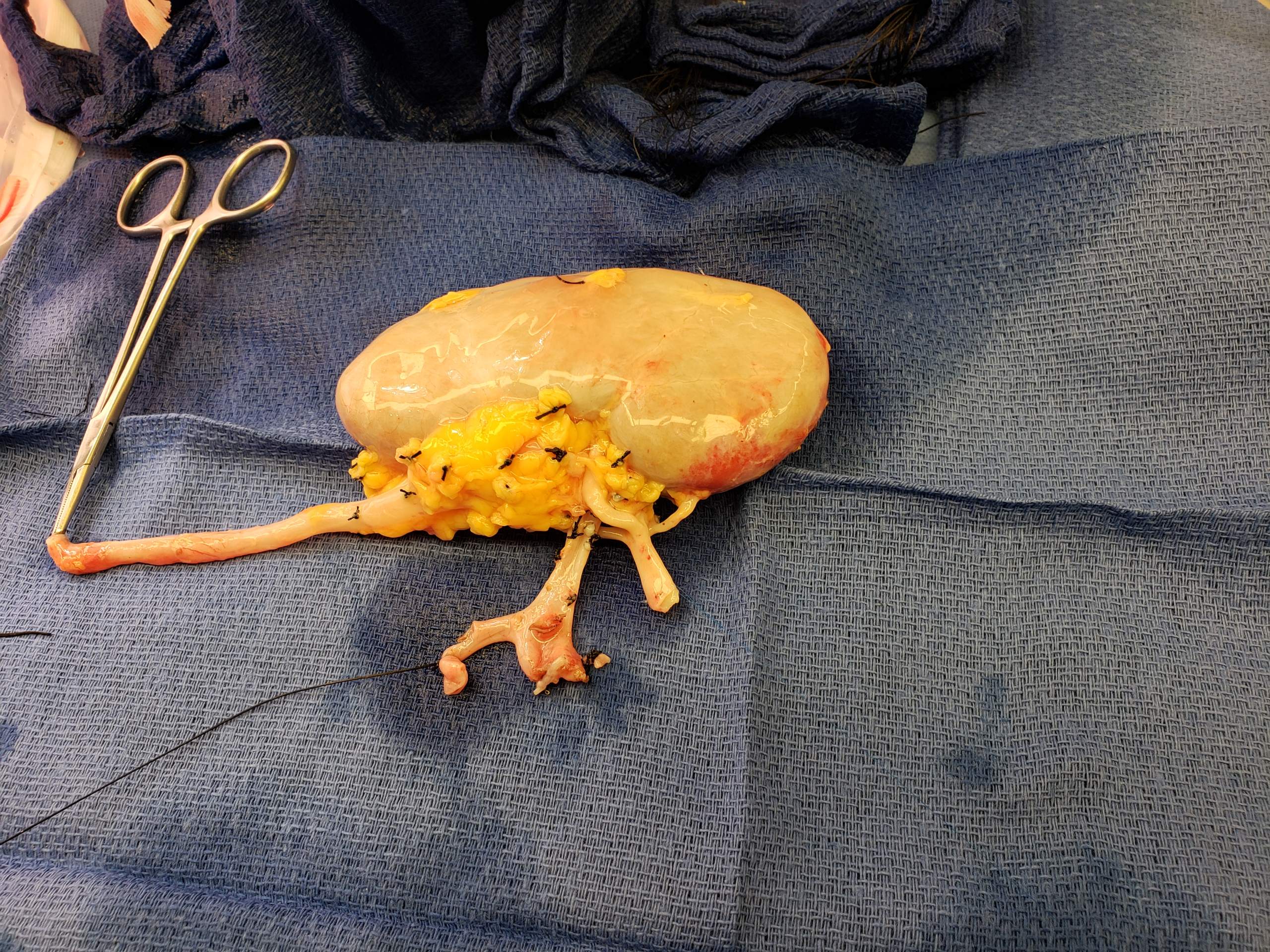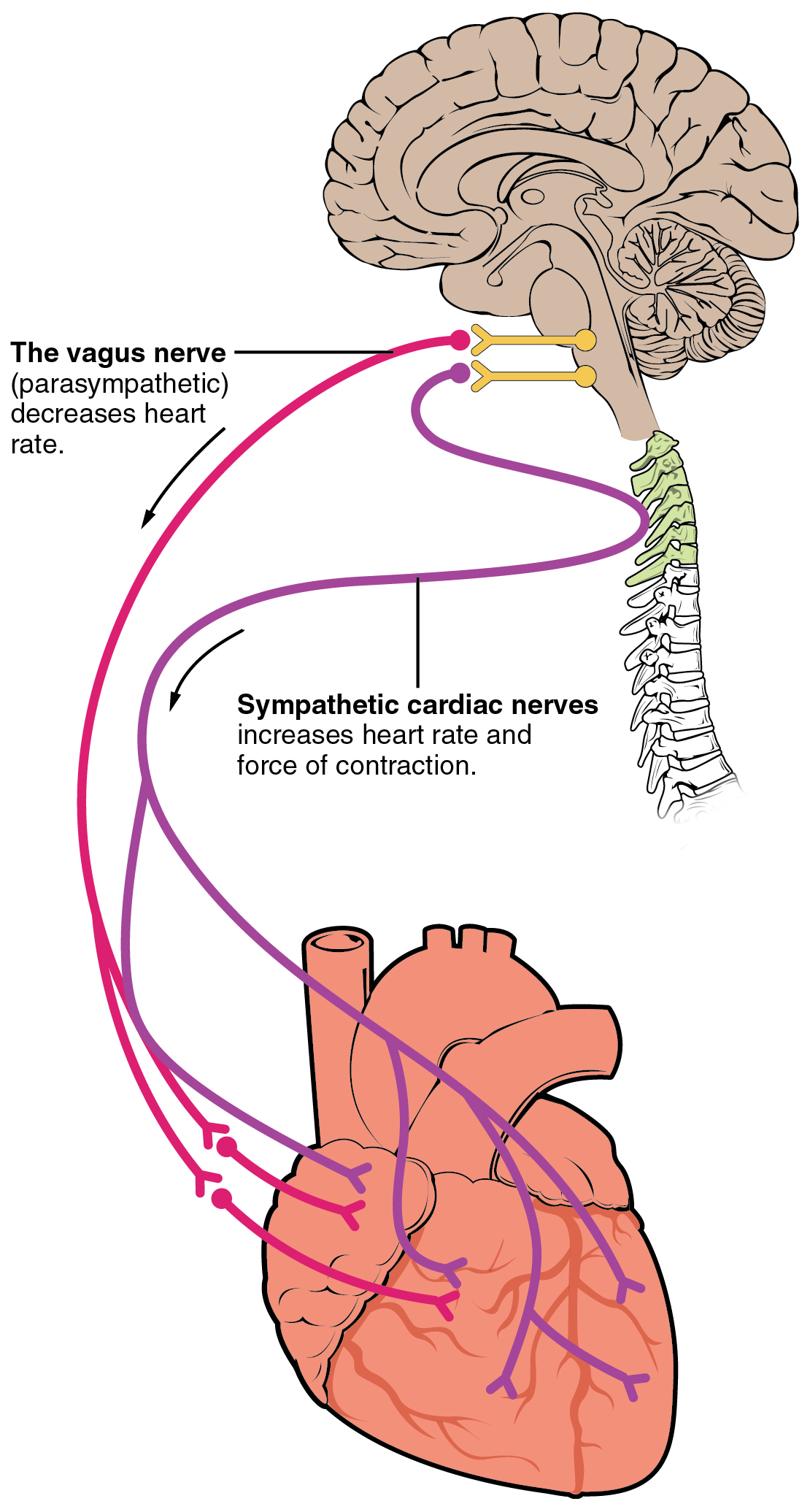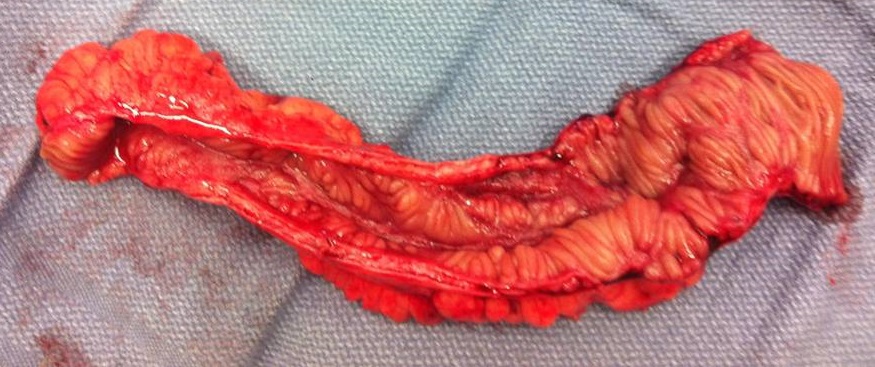|
Eurotransplant
The Eurotransplant International Foundation, commonly known simply as Eurotransplant, is an international non-profit organization responsible for encouraging and coordinating organ transplants in Austria, Belgium, Croatia, Germany, Hungary, Luxembourg, the Netherlands, and Slovenia. The headquarters are located in Leiden, Netherlands. The organization was created by Jon J. van Rood in 1967. History Eurotransplant was founded by Jon J. van Rood of the Netherlands in 1967 on the basis that matching human leukocyte antigen types between organ donors and recipients improved survival in organ transplants, requiring a large network of possible patients from a central organisation. Initially, the Eurotransplant network comprised twelve transplant centres (hospitals) in three countries that provided details of the transplant candidates on their waiting lists so that, when donor organs became available, the best match could be selected from a larger pool. Within several years, six countr ... [...More Info...] [...Related Items...] OR: [Wikipedia] [Google] [Baidu] |
Leiden
Leiden ( ; ; in English language, English and Archaism, archaic Dutch language, Dutch also Leyden) is a List of cities in the Netherlands by province, city and List of municipalities of the Netherlands, municipality in the Provinces of the Netherlands, province of South Holland, Netherlands. The municipality of Leiden has a population of 127,046 (31 January 2023), but the city forms one densely connected agglomeration with its suburbs Oegstgeest, Leiderdorp, Voorschoten and Zoeterwoude with 215,602 inhabitants. The Statistics Netherlands, Netherlands Central Bureau of Statistics (CBS) further includes Katwijk in the agglomeration which makes the total population of the Leiden urban agglomeration 282,207 and in the larger Leiden urban area also Teylingen, Noordwijk, and Noordwijkerhout are included with in total 365,913 inhabitants. Leiden is located on the Oude Rijn (Utrecht and South Holland), Oude Rijn, at a distance of some from The Hague to its south and some from Amsterdam ... [...More Info...] [...Related Items...] OR: [Wikipedia] [Google] [Baidu] |
Non-profit Organization
A nonprofit organization (NPO), also known as a nonbusiness entity, nonprofit institution, not-for-profit organization, or simply a nonprofit, is a non-governmental (private) legal entity organized and operated for a collective, public, or social benefit, as opposed to an entity that operates as a business aiming to generate a Profit (accounting), profit for its owners. A nonprofit organization is subject to the non-distribution constraint: any revenues that exceed expenses must be committed to the organization's purpose, not taken by private parties. Depending on the local laws, charities are regularly organized as non-profits. A host of organizations may be non-profit, including some political organizations, schools, hospitals, business associations, churches, foundations, social clubs, and consumer cooperatives. Nonprofit entities may seek approval from governments to be Tax exemption, tax-exempt, and some may also qualify to receive tax-deductible contributions, but an enti ... [...More Info...] [...Related Items...] OR: [Wikipedia] [Google] [Baidu] |
Organ Transplant
Organ transplantation is a medical procedure in which an organ (anatomy), organ is removed from one body and placed in the body of a recipient, to replace a damaged or missing organ. The donor and recipient may be at the same location, or organs may be transported from a Organ donation, donor site to another location. Organ (anatomy), Organs and/or Tissue (biology), tissues that are transplanted within the same person's body are called autografts. Transplants that are recently performed between two subjects of the same species are called allografts. Allografts can either be from a living or cadaveric source. Organs that have been successfully transplanted include the Heart transplantation, heart, Kidney transplantation, kidneys, Liver transplantation, liver, Lung transplantation, lungs, Pancreas transplantation, pancreas, Intestinal transplant, intestine, Thymus transplantation, thymus and uterus transplantation, uterus. Tissues include Bone grafting, bones, tendons (both refe ... [...More Info...] [...Related Items...] OR: [Wikipedia] [Google] [Baidu] |
Jon J
Jon is a shortened form of the common given name Jonathan, derived from "YHWH has given". The name is spelled Jón in Iceland and on the Faroe Islands. In the Nordic countries, it is derived from Johannes. Notable people * Jon Aaraas (born 1986), Norwegian ski jumper *Jon Abbate (born 1985), American gridiron football player * Jon Abbott, American media executive * Jon Aberasturi (born 1989), Basque bicycle racer * Jon Ramon Aboitiz (1948–2018), Filipino businessman *Jon Abrahams (born 1977), American actor *Jon Abrahamsen (born 1951), Norwegian footballer *Jon Ackerson, American lawyer and politician * Jon Adams, American folk musician *Jon Adkins (born 1977), American baseball player *Jon Agee (born 1960), American writer and illustrator *Jon Agirre (born 1997), Spanish cyclist * Jon E. Ahlquist (1944–2020), American molecular biologist and ornithologist *Jon Akass (1933–1990), British journalist *Jon Åker (1927–2013), Norwegian hospital director *Jon Akin (born 1977), ... [...More Info...] [...Related Items...] OR: [Wikipedia] [Google] [Baidu] |
Human Leukocyte Antigen
The human leukocyte antigen (HLA) system is a complex of genes on chromosome 6 in humans that encode cell-surface proteins responsible for regulation of the immune system. The HLA system is also known as the human version of the major histocompatibility complex (MHC) found in many animals. Mutations in HLA genes may be linked to autoimmune diseases such as type I diabetes, and celiac disease. The HLA gene complex resides on a 3 Mbp stretch within chromosome 6, p-arm at 21.3. HLA genes are highly polymorphic, which means that they have many different alleles, allowing them to fine-tune the adaptive immune system. The proteins encoded by certain genes are also known as '' antigens'', as a result of their historic discovery as factors in organ transplants. HLAs corresponding to MHC class I ( A, B, and C), all of which are the HLA Class1 group, present peptides from inside the cell. For example, if the cell is infected by a virus, the HLA system brings fragments of ... [...More Info...] [...Related Items...] OR: [Wikipedia] [Google] [Baidu] |
Kidney Transplantation
Kidney transplant or renal transplant is the organ transplant of a kidney into a patient with end-stage kidney disease (ESRD). Kidney transplant is typically classified as deceased-donor (formerly known as cadaveric) or living-donor transplantation depending on the source of the donor organ. Living-donor kidney transplants are further characterized as genetically related (living-related) or non-related (living-unrelated) transplants, depending on whether a biological relationship exists between the donor and recipient. The first successful kidney transplant was performed in 1954 by a team including Joseph Murray, the recipient's surgeon, and Hartwell Harrison, surgeon for the donor. Murray was awarded a Nobel Prize in Physiology or Medicine in 1990 for this and other work. In 2018, an estimated 95,479 kidney transplants were performed worldwide, 36% of which came from living donors. Before receiving a kidney transplant, a person with ESRD must undergo a thorough medical evaluat ... [...More Info...] [...Related Items...] OR: [Wikipedia] [Google] [Baidu] |
Liver Transplantation
Liver transplantation or hepatic transplantation is the replacement of a diseased liver with the healthy liver from another person (allograft). Liver transplantation is a treatment option for end-stage liver disease and acute liver failure, although availability of donor organs is a major limitation. Liver transplantation is highly regulated, and only performed at designated transplant medical centers by highly trained transplant physicians. Favorable outcomes require careful screening for eligible recipients, as well as a well-calibrated live or deceased donor match. Medical uses Liver transplantation is a potential treatment for acute or chronic conditions which cause irreversible and severe ("end-stage") liver dysfunction. Since the procedure carries relatively high risks, is resource-intensive, and requires major life modifications after surgery, it is reserved for dire circumstances. Judging the appropriateness/effectiveness of liver transplant on case-by-case basis is ... [...More Info...] [...Related Items...] OR: [Wikipedia] [Google] [Baidu] |
Heart Transplantation
A heart transplant, or a cardiac transplant, is a surgical transplant procedure performed on patients with end-stage heart failure when other medical or surgical treatments have failed. , the most common procedure is to take a functioning heart from a recently deceased organ donor (brain death is the most common) and implant it into the patient. The patient's own heart is either removed and replaced with the donor heart ( orthotopic procedure) or, much less commonly, the recipient's diseased heart is left in place to support the donor heart (heterotopic, or "piggyback", transplant procedure). Approximately 5,000 heart transplants are performed each year worldwide, more than half of which are in the US. Post-operative survival periods average 15 years. Heart transplantation is not considered to be a cure for heart disease; rather it is a life-saving treatment intended to improve the quality and duration of life for a recipient. History American medical researcher Simon Fle ... [...More Info...] [...Related Items...] OR: [Wikipedia] [Google] [Baidu] |
Pancreas Transplantation
A pancreas transplant is an organ transplant that involves implanting a healthy pancreas (one that can produce insulin) into a person who usually has diabetes. Overview Because the pancreas is a vital organ, performing functions necessary in the digestion process, the recipient's native pancreas is left in place, and the donated pancreas is attached in a different location. In the event of rejection of the new pancreas, which would quickly cause life-threatening diabetes, there would be a significant chance the recipient would not survive very well for long without the native pancreas, however dysfunctional, still in place. The healthy pancreas comes from a donor who has just died or it may be a partial pancreas from a living donor. At present, pancreas transplants are usually performed in persons with insulin-dependent diabetes, who can develop severe complications. Patients with the most common, and deadliest, form of pancreatic cancer ( pancreatic adenomas, which are usually m ... [...More Info...] [...Related Items...] OR: [Wikipedia] [Google] [Baidu] |
Lung Transplantation
Lung transplantation, or pulmonary transplantation, is a surgical procedure in which one or both lungs are replaced by lungs from a donor. Donor lungs can be retrieved from a living or deceased donor. A living donor can only donate one lung lobe. With some lung diseases, a recipient may only need to receive a single lung. With other lung diseases such as cystic fibrosis, it is imperative that a recipient receive two lungs. While lung transplants carry certain associated risks, they can also extend life expectancy and enhance the quality of life for those with end stage pulmonary disease. Qualifying conditions Lung transplantation is the therapeutic measure of last resort for patients with end-stage lung disease who have exhausted all other available treatments without improvement. A variety of conditions may make such surgery necessary. The most common indications for a lung transplant are pulmonary fibrosis, chronic obstructive pulmonary disease (COPD), cystic fibrosis, and ... [...More Info...] [...Related Items...] OR: [Wikipedia] [Google] [Baidu] |
Intestine Transplantation
Intestine transplantation (intestinal transplantation, or small bowel transplantation) is the surgical replacement of the small intestine for chronic and acute cases of intestinal failure. While intestinal failure can oftentimes be treated with alternative therapies such as parenteral nutrition (PN), complications such as PN-associated liver disease and short bowel syndrome may make transplantation the only viable option. One of the rarest type of organ transplantation performed, intestine transplantation is becoming increasingly prevalent as a therapeutic option due to improvements in immunosuppressive regimens, surgical technique, PN, and the clinical management of pre and post-transplant patients. History Intestine transplantation dates back to 1959, when a team of surgeons at the University of Minnesota led by Richard C. Lillehei reported successful transplantation of the small intestine in dogs. Five years later in 1964, Ralph Deterling in Boston attempted the first huma ... [...More Info...] [...Related Items...] OR: [Wikipedia] [Google] [Baidu] |





